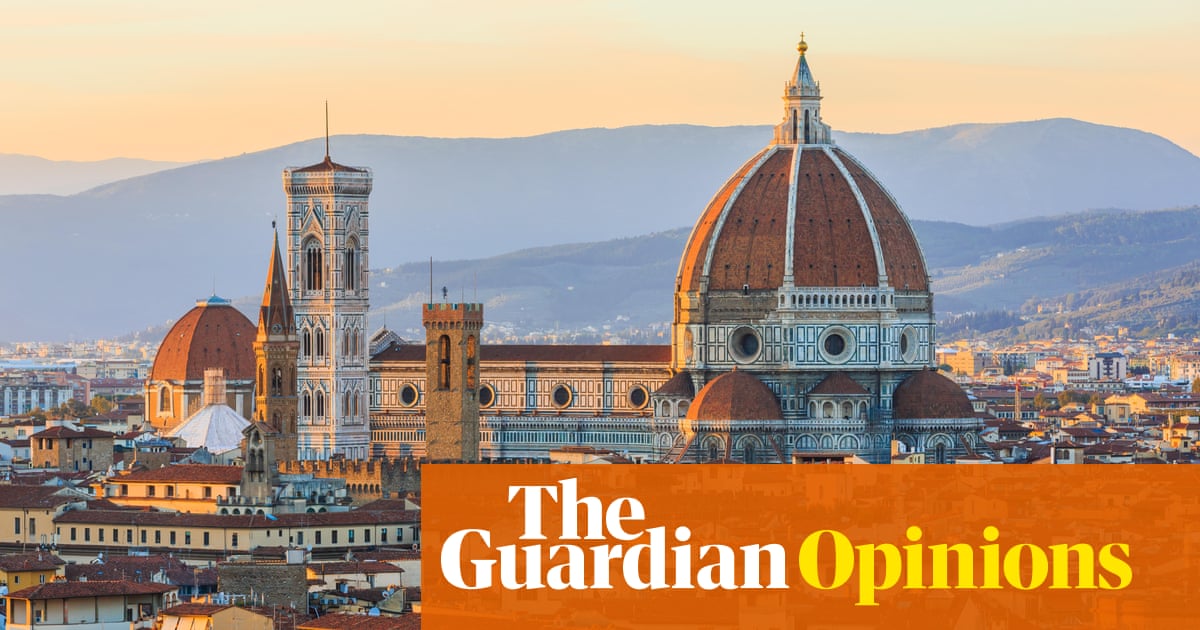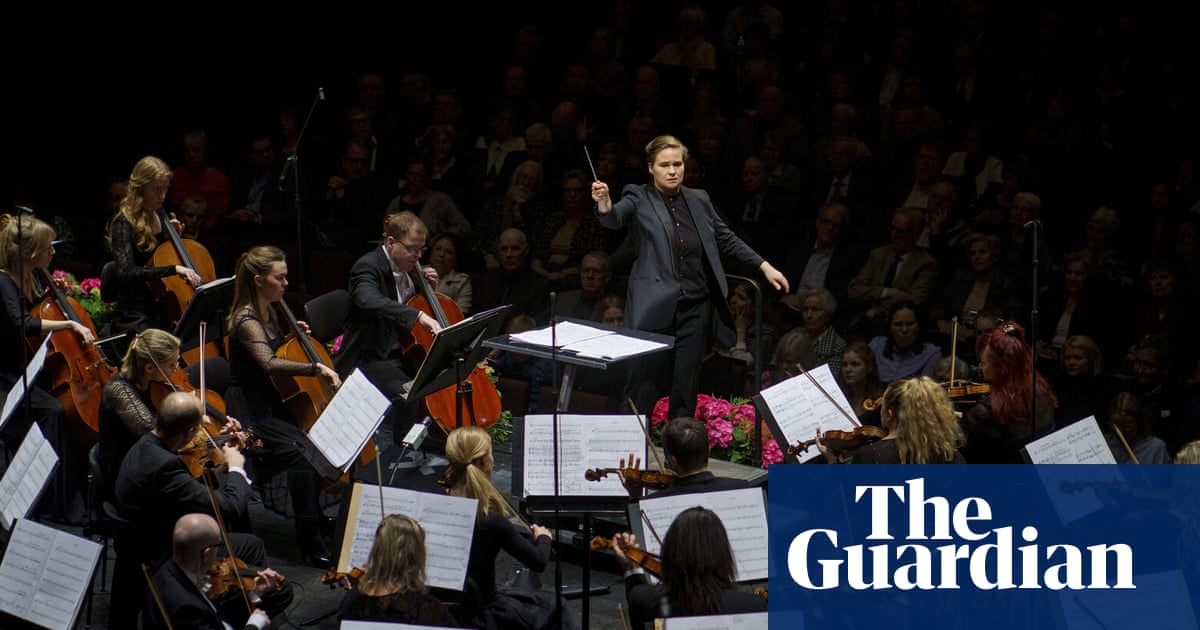
The Church of Intercession rises on West Harlem’s vibrant 155th Street with an ornate gothic heft. A less conspicuous feature of the 110-year-old gargantuan Episcopal sanctuary is its small underground crypt. There, curved arches and a haunting serenity accompany the names of those whose ashes are stored inside. It was this enigmatic aura that mesmerized Andrew Ousley – the founder of the alternative classical music series Death of Classical – when he first stepped into the chamber after a friend’s recommendation a decade ago. “Hearing immediately the bloom of the sound when I walked down the steps was powerful,” he says. “I had found a place with a naturally unique acoustics to experience music.”
The vaulted crypt, which can accommodate 45 guests at a time, is among the organization’s main venues, in addition to Brooklyn’s Green-Wood Cemetery and its long tunnel catacombs. Each event – generally an instant sellout – draws an audience in search for an intimate concert through a stimulating experience. A drinks hour generally precedes the show and guests are ushered together into the venue, where an innately dramatic setting is elevated by candlelight and absorbing acoustics.
“Many interactions are removed from the shared aspect of life today, and although they are very effective, there is a hunger for a truly felt in-person experience,” says Ousley, who started the project with a desire for an alternative way to engage with classical music. The New York local’s initial goal was to attract a new type of audience member who “usually feels intimidated by the genre, especially in a condescending atmosphere”. Elements such as free drinks and an affordable ticket price, along with an atmospheric setting and a poppy website, he believes, help prove “anyone can meet and mingle with those sharing the same intimate musical moment”.
Conrad Tao, at the time a 21-year-old newcomer, inaugurated the then yet-to-be-named series at the end of 2015 with a program of his own score about grief and a piece by David Lang. The sunken venue with a narrow staircase presented challenges, as well as rewards. Five men had to transport a Yamaha piano down the stairs on its side, but “the reverberation of the sound in a visceral setting was right to the bone”, Ousley remembers. The modest success of that first performance was followed by a handful of shows, including a Rossini performance by tenor Lawrence Brownlee of the Metropolitan Opera alongside a concert by pianist Haskell Small. A growing number of shows over the years have included debuts by young composers, such as Gregg Kallor and Maxim Lando, blended with Mozart or Hildegard of Bingen, under the same flamboyant roof.
A sign of word-of-mouth achievement was an email from the Green-Wood Cemetery regarding a collaboration involving its unused catacombs in 2018, around the time that Ousley crowned his project with the name Death of Classical. The 478-acre cemetery with its gothic tombstones, glittering fireflies in the summer and haunting catacombs was a shoo-in for Ousley’s programming, which generally touches upon the themes of demise, devotion and grief. The founder’s choice for the name is a commentary on “classical music’s obsession with its imminent demise, which is ridiculous because this music has always been timeless”. He believes that the genre’s power comes from the way it “always responds to the times while it stays immortal”.
When the pandemic restrictions put a halt on the crypt and catacombs sessions, the vast cemetery provided a variation in the programming. Death of Classical partnered with the Harlem Chamber Players two weeks before the last presidential election for a multidisciplinary show called To America. Groups of 30 masked ticket holders wandered through performances of music, dance and spoken word in the dark, all inspired by the uplifting poetry of James Weldon Johnson, who was buried in the cemetery. “A cathartic moment,” Ousley says of the show, which “was like a scream into the night with all the audience members and performers crying about an uncertain period of humanity”.
Lightheartedness is not compromised in the programming’s contemplative and even somber edge. Burgers, Bourbon & Beethoven started a line of multi-sensory sessions in the summer of 2019 at the cemetery and combined Ousely’s three passions into a night of grills, libations and the Fifth Symphony. Later came Hot Dogs, Hooch & Handel in 2022, and this week, the crowd will gather for Spring, Strings & Tasty Things, which will include local food and sprits along with the contemporary baroque band Ruckus.
The playful take on a thousand-year-old musical genre stems from Ousley’s own foray into classical music as an outsider. He grew up playing in rock bands and listening to Maria Callas with his now-deceased opera singer mother. “I came into the classics through bits and pieces when I studied philosophy with courses in music,” he says. While performing on a cruise ship for six weeks and grieving his mother’s death through her music, he crafted a personal way of processing loss through the sonic experience. He developed what he calls “a way of understanding the world through the classics and decided to share it with the world”. After doing marketing for a recording label, the day he walked into the crypt offered the transformative step into his own version of the genre.
Ousley curates the programming based on his growing network of musicians and his own taste, which is “agnostic about the eras and invested in what moves me because I believe that will move others as well”. He runs the organization, which received non-profit status in 2020, with seasonal freelancers. The operational cost is covered by ticket sales and donations from the audience, which includes adventurous classical music devotees and those seeking to become fans. The goals in the near future are hiring a grant writer to secure proper fundraising and organizing a benefit event. Next year, the crypt with “an amazing dirt floor” under St John the Divine on the Upper West Side will become an additional venue. Ousley also has his eyes on Los Angeles, Washington DC and even Europe in search of additional catacombs.
Connecting to his mother through music continues to fuel Ousley’s ambitions. “I do deeply wish she could be present in one of my concerts,” he says. While mortality does not define the context of each concert, the organizer admits that “you cannot help but be aware of the fragility of life”. He believes in the unique immediacy in his offer to the viewer. “Being present in this space heightens the appreciation and sensitivity to themes that are most powerful.”
Death of Classical’s new season continues at the Church of Intercession and Green-Wood Cemetery through September












